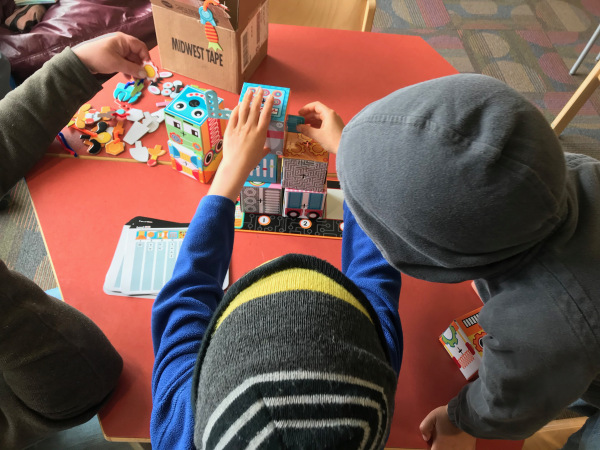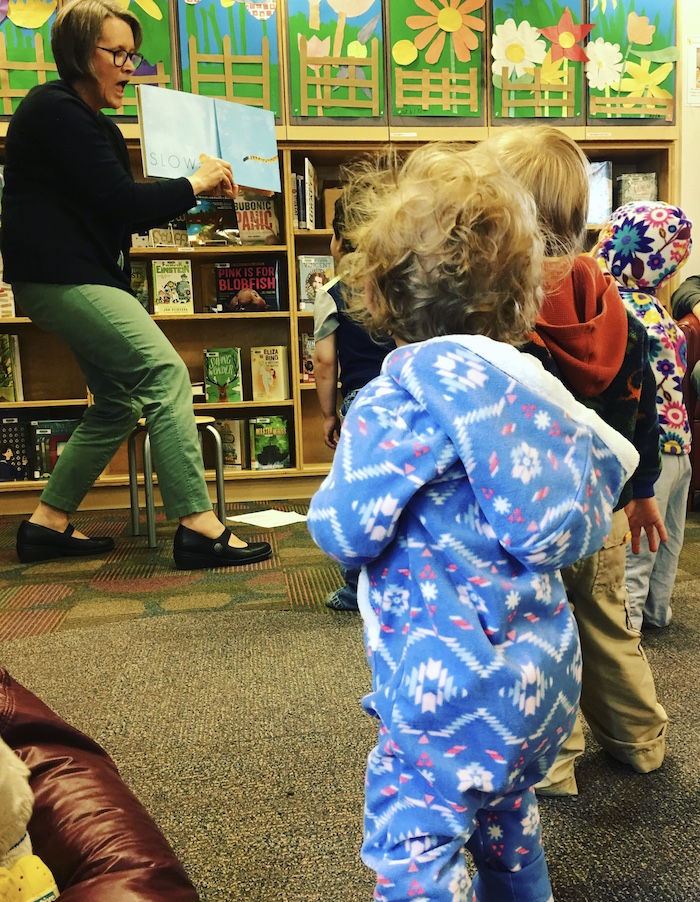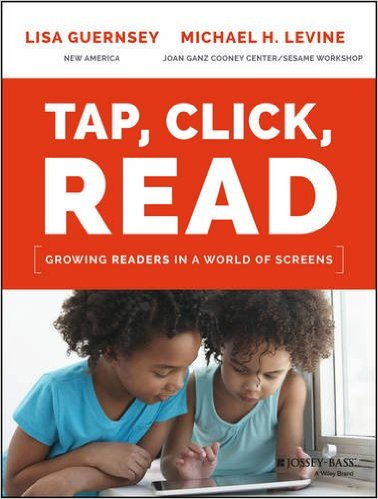During a recent visit to a local public library, a kindergarten class took over the children’s room. Many in the group were already familiar with the space thanks to storytimes and regular visits with family members to check out books or DVDs. For others, this visit was not just fun, but also a vital introduction to the many opportunities that the library offers.
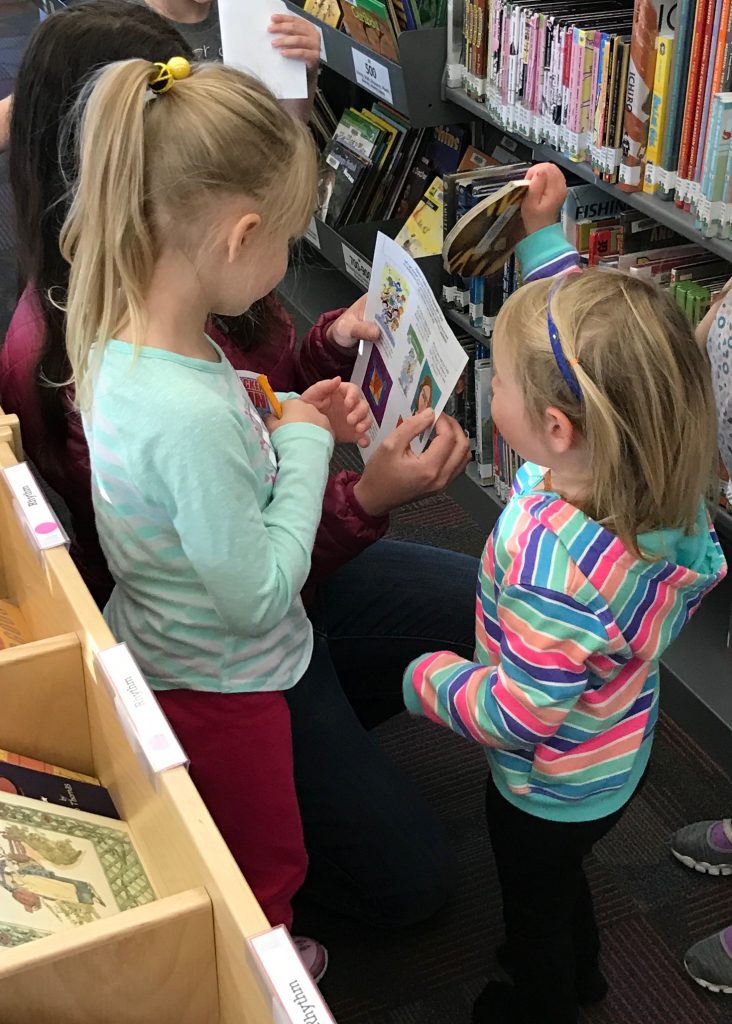
The kindergarteners may have initially come for storytime or a class visit, but the librarian’s not-so-secret plan, and the organization’s mission, is that the library will become an integral part of their lifelong learning well beyond their early years. Public libraries are community spaces rich with resources where all are welcome. They are dynamic organizations that have something to offer the youngest, oldest, and those in between.
Since 2010, when the digital media shift accelerated, whole families have been using the library in different ways. They come to the library not just to check out books for free, but also for access to digital media and learning opportunities. Today, many libraries offer not just the latest bestsellers, but also access to the newest media formats, a wider array of resources, and innovative programs that encourage families to explore and learn something new.
We now live in a time when more and more essential resources for families are found online- homework assignments, grade reports, tax forms, applications for state benefits and jobs, to name a few. Digital access is not a luxury, but a necessity. Many families do not have access to the Internet at home, have limited access via a mobile phone, or lack the know-how to find and use digital resources effectively. For these families, libraries offer an essential service. Public access computers, free wifi, and even makerspaces, provide opportunities for entire families to learn essential digital literacy skills and participate in today’s society.
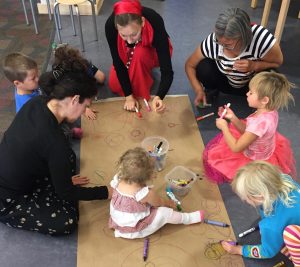
For families who have Internet access at home and even the latest mobile technology, the library has similarly become a beacon in the sea of digital media. The plethora of digital media, both good and bad, is growing exponentially. Even the savviest parent struggles to keep up with the latest research and find high quality media on their own. Librarians, acting as media mentors, share and provide access to information that families can use to find and explore the right media to support their children’s learning. They also evaluate, review, and recommend what’s new and relevant just as they have done for centuries with other formats.
Public libraries are in the business of information equity and help “level the playing field.” Each and every day, librarians help whole families:
- learn how to use the library so they can find what they want to read, watch, or listen to, in the formats they need
- read, talk, play, sing, and write in ways that support their young child’s early literacy
- research topics of interest and necessity
- develop a new skill or find a hobby
- connect with essential community services
- use and troubleshoot problems with their mobile devices, often a lifeline for people with limited resources
- access and navigate the Internet, email, and e-forms
- vote online, or register to vote
Back in the children’s room, the kindergarteners were buzzing with conversation, discovery, and sharing. They enthusiastically helped retell the old tale of The Three Little Pigs using props from the librarian’s “story basket” and then used their refreshed memories of the story to affirm and dispute Jon Sciezka’s version in The True Story of the Three Little Pigs as it was read. They finished the visit by searching for clues in book bins, at computers, and on top of shelves as part of a just-for-fun team scavenger hunt. As they readied for the short trip back to school, they stacked book after book into the librarian’s arms with requests to hold each and every one until they could return to check it out afterschool or on the weekend with their family. She gladly obliged.
More resources:
- Professional Tools for Libraries Serving Youth (Association for Library Service to Children)
- Giving our Children a Fighting Chance: Poverty, Literacy, and the Development of Information Capital by Donna C. Celano and Susan B. Neuman
- Becoming a Media Mentor: A Guide for Working with Children and Families by Claudia Haines, Cen Campbell and Association for Library Service to Children
- Libraries 2016 by Pew Research Center

Claudia Haines leads storytimes, hosts Maker programs, and gets great media into the hands of kids and teens as the Youth Services Librarian and Media Mentor at the Homer Public Library (Alaska). She is a co-author of the Association for Library Service to Children’s white paper, Media Mentorship in Libraries Serving Youth (2015). She trains other librarians as media mentors and serves on both local and national committees that support families and literacy. She blogs at www.nevershushed.com. @claudiahaines
